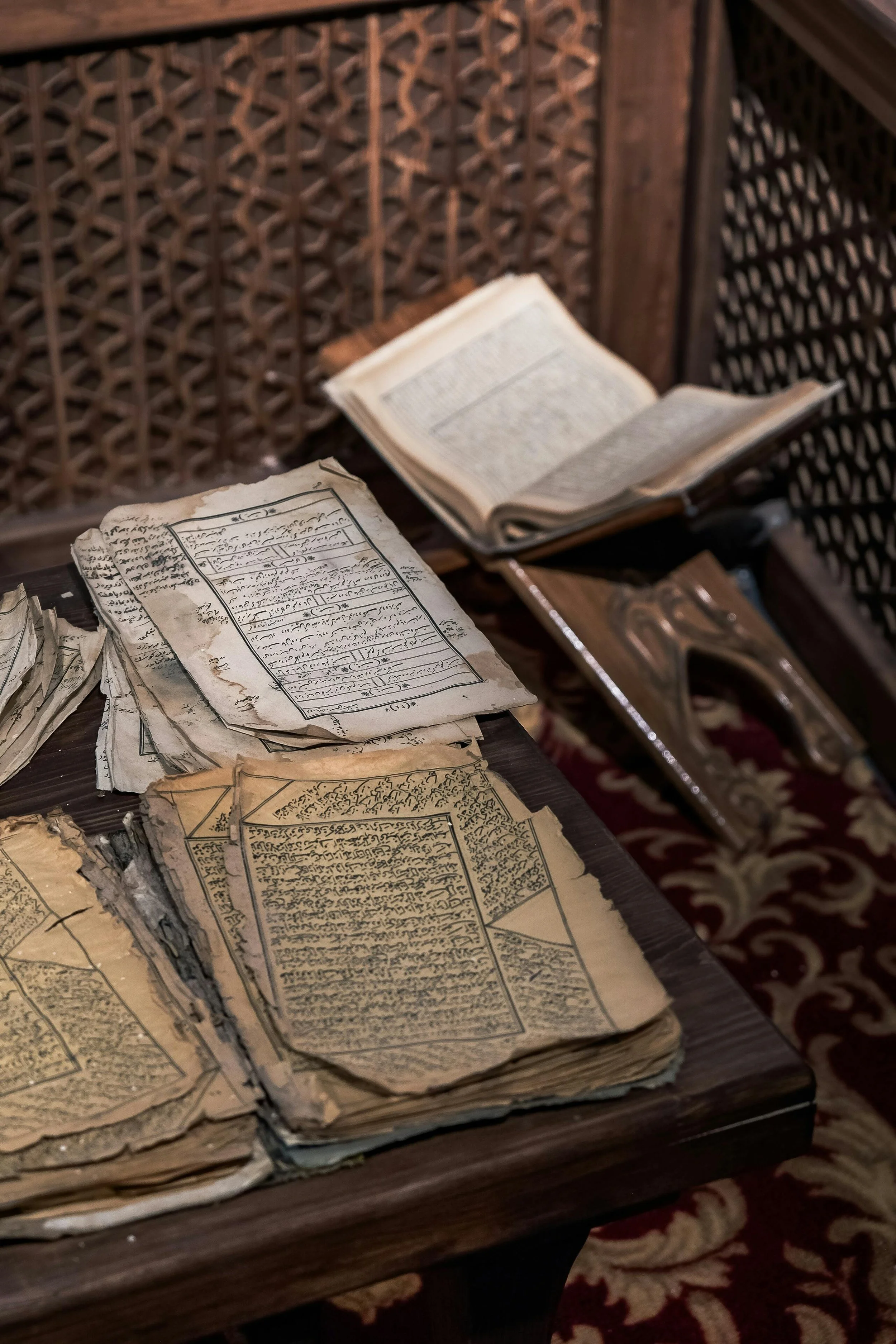Finding out the authorship and date of a document or a letter may be essential to organizing it among your documents or understanding how it fits within a grouping.
Preserving archival collections requires more than short-term interventions or reactive measures. Establishing a long-term archival preservation strategy is essential to ensure that materials remain accessible, stable, and intact for future generations.

As the initial step in managing incoming materials, accessioning is a critical function within archival work. The process ensures that newly acquired collections are formally accepted, documented, and incorporated into the repository’s holdings.

Developing an acquisition policy is critical for archivists because it sets the foundation for how an institution acquires and manages its collections. A well-crafted acquisition policy ensures the archives remains focused, relevant, and aligned with the institution’s mission and strategic goals.

Archival acquisition is a crucial process in managing records; it encompasses the methods and principles by which archival institutions acquire and take responsibility for records. It is a fundamental aspect of archival work, affecting records’ immediate management and long-term preservation and accessibility. Understanding archival acquisition involves grasping its purpose, methods, challenges, and best practices.


